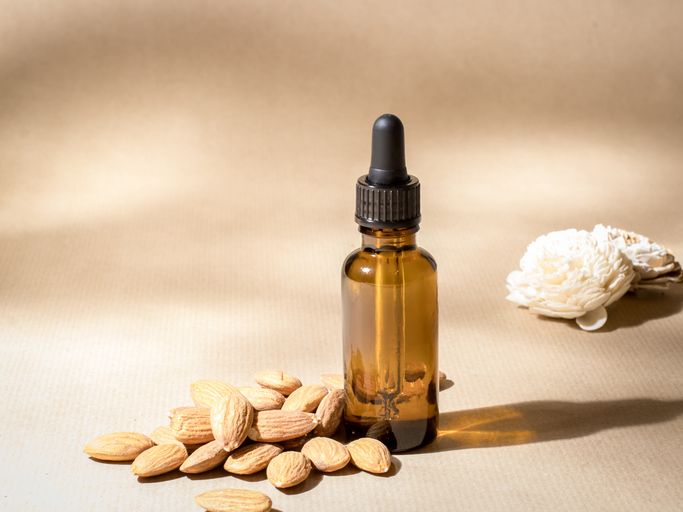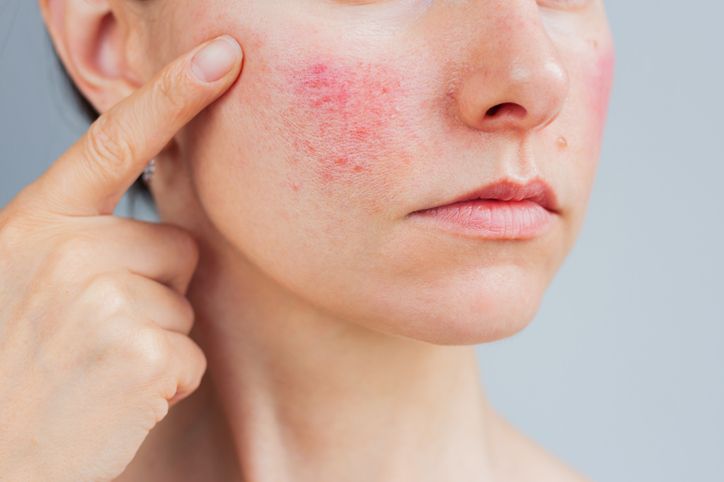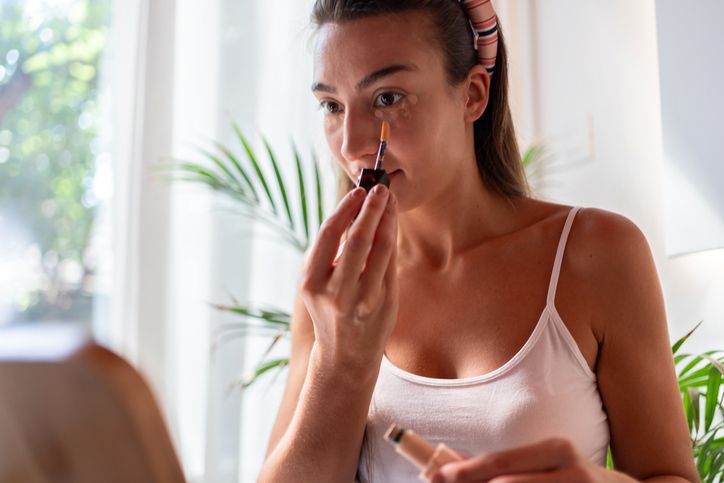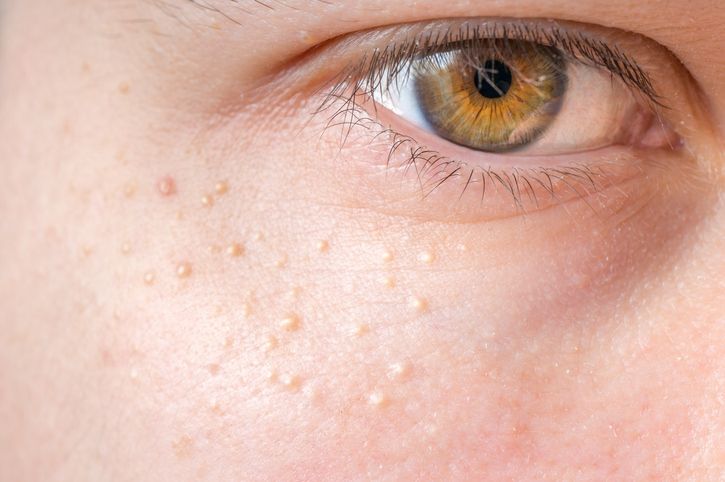- Home
- Trend
- Weight Loss Strategies
- Acne Tips
- Hair Health Information
- Blemish Removal Tips
- Acne Scar Removal Tips
- Muscle Building Techniques
- Intimate Care Tips
- Postpartum Intimate Care
- Eye Bags Wiki
- Tips for Face Slimming
- Secret of Permanent Hair Removal
- Breast Enlargement Tips
- Cure to Snoring
- Marionette Lines
- Skin-Tightening Secrets
Eye puffiness, characterised by swelling or bags under the eyes, is a widespread concern impacting numerous individuals. It arises from a myriad of factors spanning lifestyle choices, medical circumstances, and the natural ageing progression. Read on to find out a holistic perspective encompassing medical interventions, natural remedies, lifestyle adjustments, and the root causes of eye puffiness to present a comprehensive strategy for its treatment and prevention.
Why Do I Get Puffy Eyes?
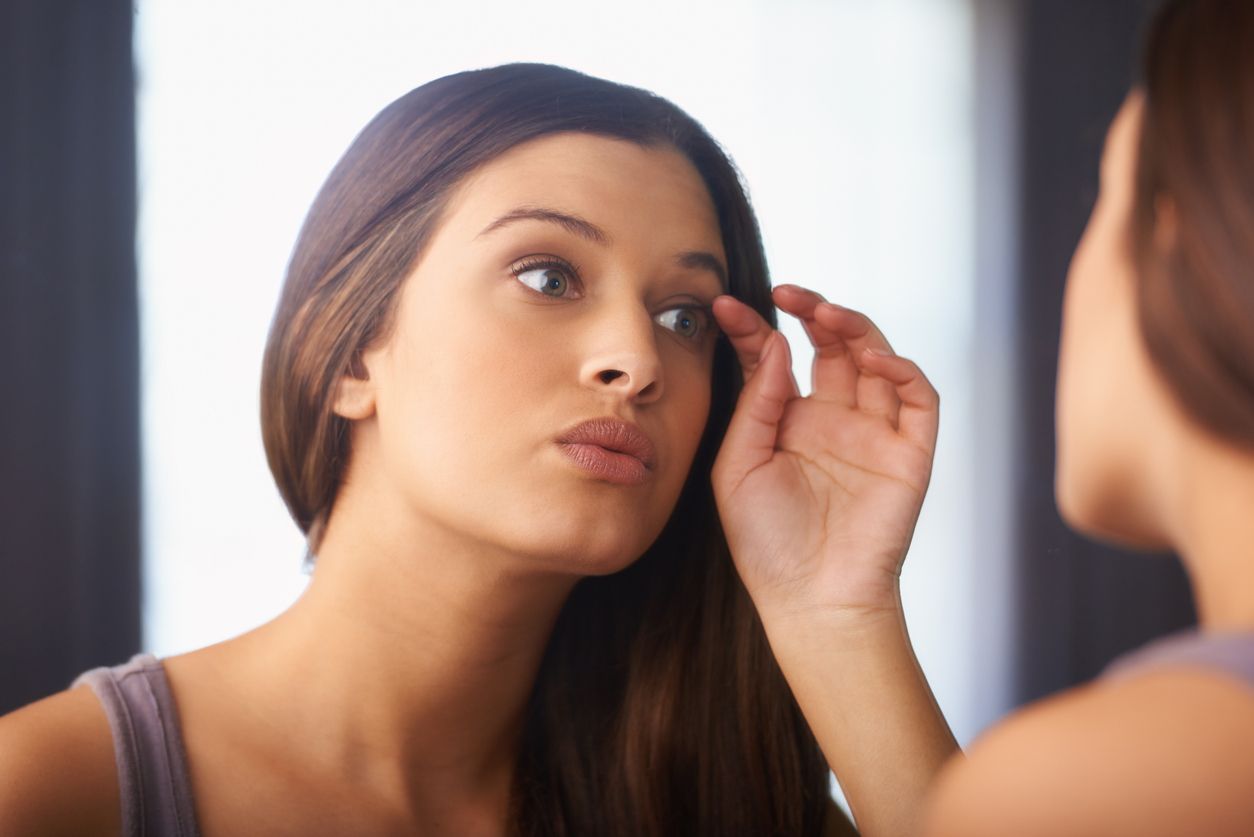
Eye puffiness can occur for various reasons, ranging from lifestyle habits to underlying medical conditions. Here are some common causes:
1. Lifestyle Factors
A. Lack of Sleep
Not getting enough sleep can lead to fluid retention around the eyes, causing them to appear puffy and swollen. Poor sleep quality can also cause the skin to look paler, making dark circles and puffiness more noticeable.
B. Diet and Hydration
Consuming high amounts of salty foods can cause the body to retain water, leading to swelling in various parts of the body, including around the eyes. Dehydration can also cause the skin around the eyes to look dull and sunken, contributing to a puffy appearance.
C. Alcohol and Caffeine
Excessive alcohol and caffeine intake can lead to dehydration, which in turn can cause puffiness around the eyes.
2. Aging
As we age, the tissues and muscles supporting the eyelids weaken. This weakening can cause the skin to sag, and fat that is usually confined to the area around the eyes can move into the lower eyelids, leading to puffiness.
3. Genetics
Some people are genetically predisposed to having puffy eyes. If eye puffiness runs in your family, you are more likely to experience it yourself.
4. Allergies and Sinus Issues
A. Allergic Reactions
Allergies can cause inflammation and swelling in the nasal passages and around the eyes. When the body is exposed to an allergen, it releases histamines, which can cause blood vessels to dilate and lead to puffiness and redness.
B. Sinus Infections
Sinus infections can cause swelling and fluid retention around the eyes, leading to puffiness.
5. Fluid Retention
Fluid can accumulate around the eyes due to various reasons, including hormonal changes, particularly during menstruation or pregnancy, or due to changes in weather or altitude.
6. Medical Conditions
A. Thyroid Problems
Conditions like hypothyroidism can cause the body to retain fluid and lead to puffiness around the eyes.
B. Kidney Problems
Kidney diseases can affect the body’s ability to eliminate excess fluids, leading to swelling in various parts of the body, including the eyes.
7. Eye Strain
Spending long hours staring at screens or reading can cause the eyes to become strained and tired, leading to temporary puffiness.
8. Crying
Crying can lead to eye puffiness because the salt in tears can cause fluid retention in the tissues around the eyes.
9. Skin Care Products
Using certain skin care products that irritate the delicate skin around the eyes can lead to inflammation and puffiness.
10. Hormonal Changes
Hormonal fluctuations during menstruation, pregnancy, or menopause can cause the body to retain more fluid, leading to puffiness around the eyes.
Cosmetic Procedures and Treatments to Manage Puffy Eyes
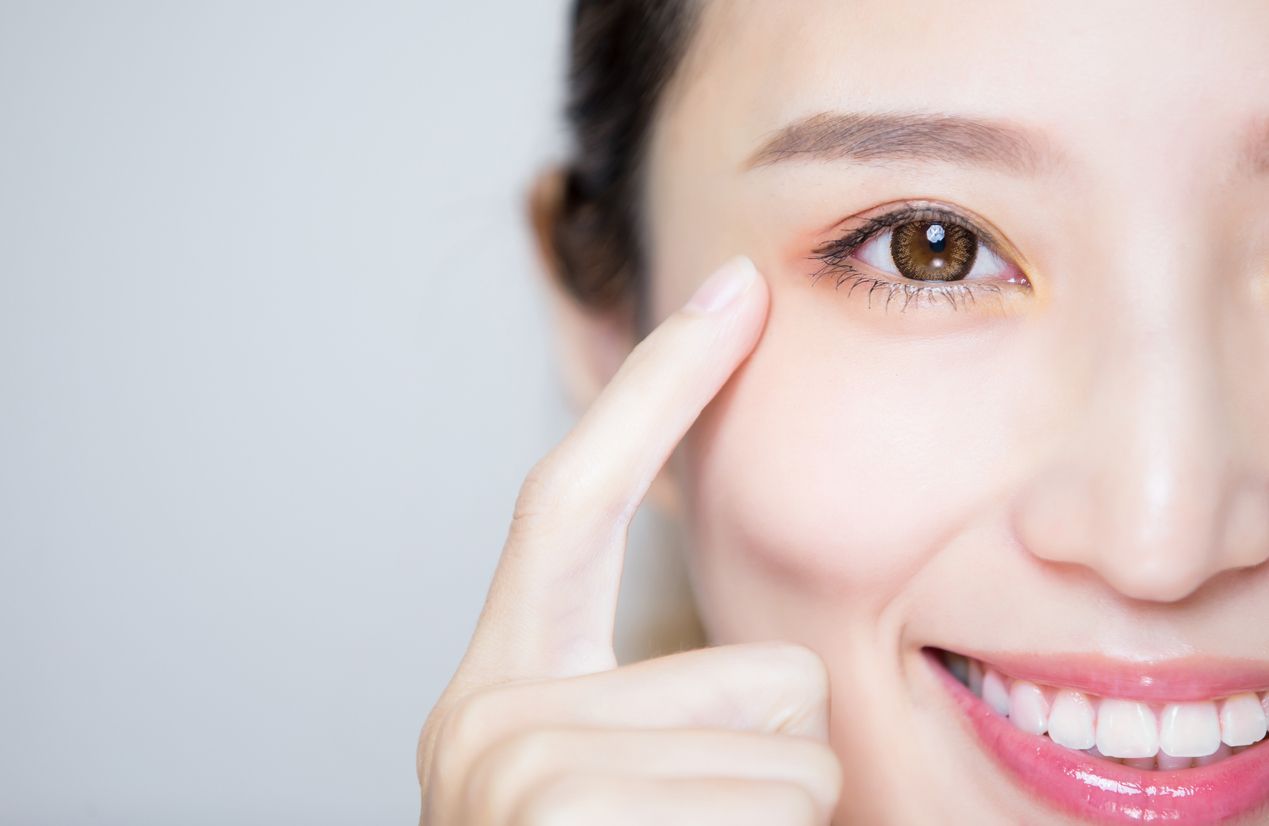
To address eye puffiness effectively, a range of medical and cosmetic procedures can be considered. That includes:
1. Eyelid Surgery (Lower Eyelid Lift)
Eyelid surgery, or a lower eyelid lift, is a cosmetic procedure designed to reduce puffiness by removing excess fat and tightening the skin around the eyes. This surgery offers the benefits of a more youthful appearance and a reduction in under-eye bags.
The recovery process typically involves some swelling and bruising, lasting several weeks. Potential side effects include dry eyes, temporary blurred vision, and, in rare cases, more severe complications such as infection or scarring.
2. Laser Resurfacing
Laser resurfacing is another effective method for treating eye puffiness. This procedure uses focused light beams to remove damaged skin cells, promoting new collagen growth and skin tightening. Benefits include smoother, firmer skin and reduced puffiness.
However, potential side effects include redness, swelling, and a recovery period that can last from a few days to several weeks, depending on the treatment's intensity.
3. Chemical Peels
Chemical peels involve applying a chemical solution to the skin, which exfoliates and removes the outer layers of dead skin cells. This process stimulates new skin cell growth and helps reduce the appearance of puffiness and dark circles.
Chemical peel therapy is suitable for various skin types, but the strength of the peel should be tailored to the individual's skin sensitivity. Common side effects include redness, peeling, and temporary irritation.
4. Miracle Eye Rescue Treatment
The Miracle Eye Rescue Treatment is designed to combat puffy eye bags, dark circles, and deep wrinkles. This treatment uses three thermal technologies to tighten the outermost, middle, and innermost layers of the orbital skin. The thermal energy also improves microcirculation and dissolves eye bag fat, addressing concerns like eye bags, dark circles, and wrinkles.
Post-treatment, the eyes appear sharper, brighter, and more vibrant. The treatment is non-invasive, painless, and promotes long-lasting eye-area tightening results.
免費體驗
R6 Miracle Eye Rescue Treatment
1 Minute Self-Registration
Date should not be before minimal date
Natural Remedies and Skincare Solutions
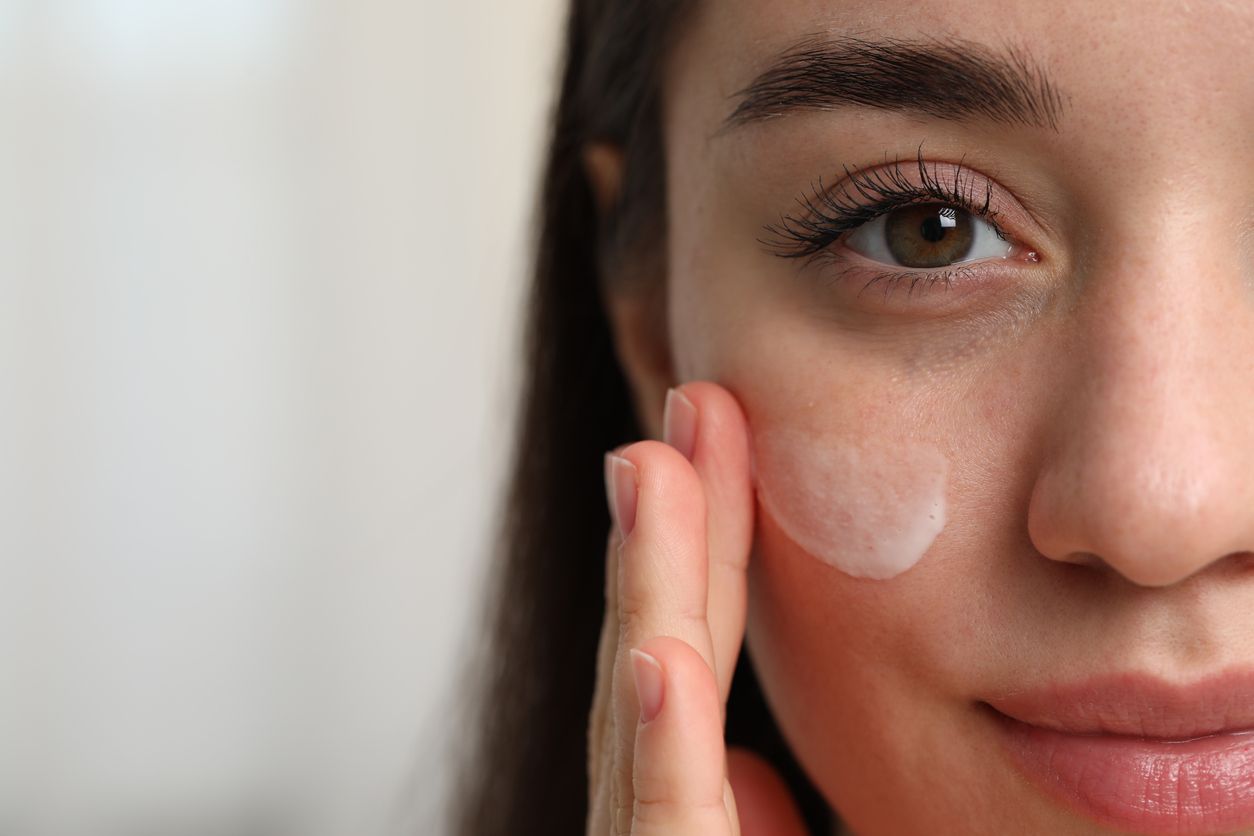
Using natural remedies into your skincare routine can be a simple yet effective way to reduce eye puffiness and rejuvenate the under-eye area.
1. Cold Compresses and Cucumber Slices
Cold compresses are a simple yet effective method to reduce eye puffiness. Applying a cold compress or chilled cucumber slices to the eyes can constrict blood vessels and decrease swelling. The immediate effects include reduced inflammation and a soothing sensation. To use, place the cold compress or cucumber slices over closed eyes for 10-15 minutes.
2. Tea Bags and Cool Compresses
Tea bags, particularly those containing caffeine, have natural anti-inflammatory properties that can help reduce puffiness. After steeping the tea bags in hot water, let them cool in the refrigerator before placing them over the eyes for 10-15 minutes. The cool compress effect, combined with the anti-inflammatory benefits of tea, can significantly diminish puffiness.
3. Eye Creams with Key Ingredients
Eye creams formulated with ingredients like hyaluronic acid, peptides, and caffeine can be highly effective in reducing puffiness. Hyaluronic acid hydrates and plumps the skin, while peptides help to strengthen and repair. Caffeine reduces swelling by constricting blood vessels. Choosing an eye cream that contains these ingredients and applying it regularly can help maintain a smoother, less puffy under-eye area.
Lifestyle Changes to Reduce Swelling on Eyes

Adequate Sleep and Routine
Getting enough sleep is crucial for reducing and preventing eye puffiness. Aim for 7-9 hours of sleep per night and establish a consistent sleep routine.
Tips for improving sleep quality include creating a comfortable sleep environment, avoiding screens before bedtime, and managing stress through relaxation techniques such as meditation or deep breathing exercises.
Diet and Hydration
A balanced diet and proper hydration play a significant role in preventing fluid retention and eye puffiness. Avoid foods high in salt, which can cause the body to retain water and lead to swelling.
Instead, focus on a diet rich in fruits, vegetables, and lean proteins. Staying hydrated by drinking plenty of water throughout the day helps to flush out toxins and reduce fluid retention.
Avoiding Allergens and Managing Irritants
Allergens and irritants can cause inflammation and contribute to eye puffiness. Common allergens include pollen, dust, and pet dander. Managing these allergens by keeping living spaces clean, using air purifiers, and avoiding known triggers can help reduce puffiness.
Additionally, be mindful of irritants such as harsh skincare products or makeup and choose gentle, hypoallergenic alternatives.
10 Makeup Tips to Reduce Puffy Eyes
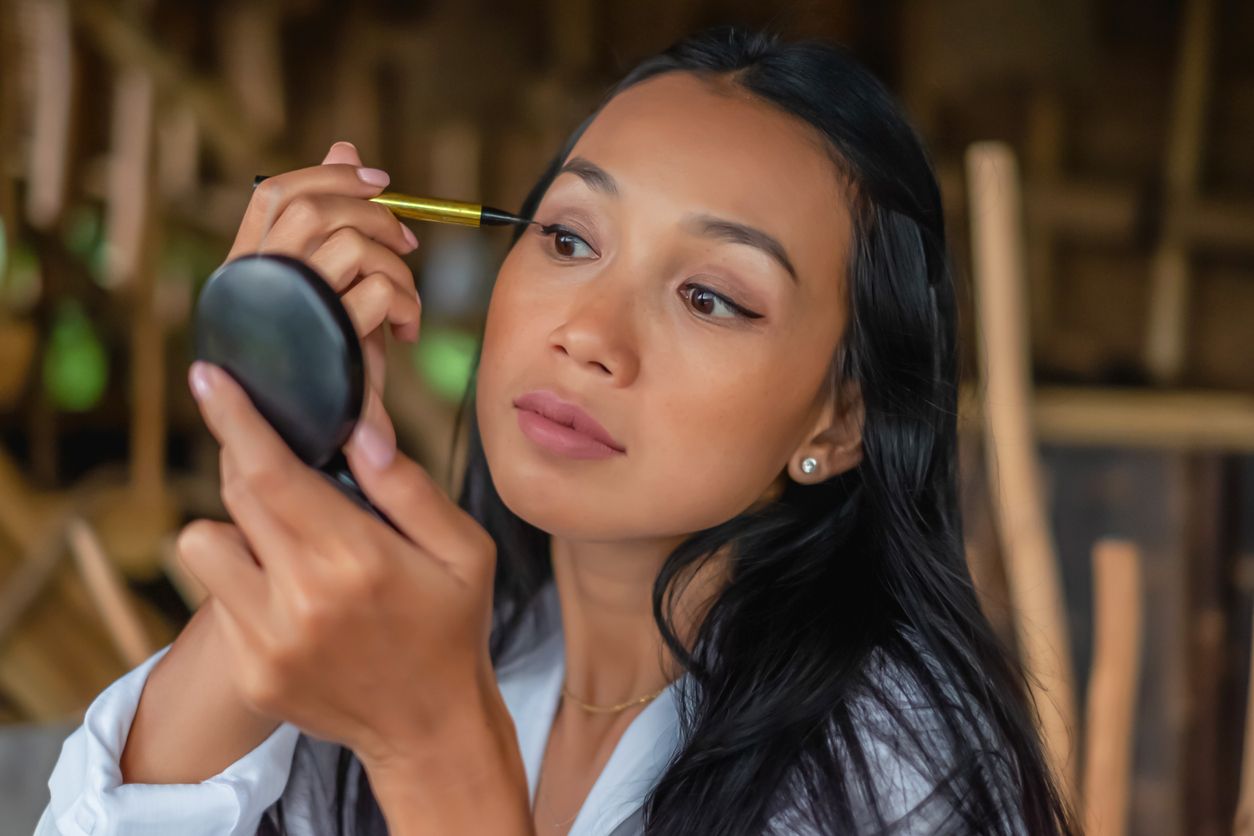
To achieve a flawless makeup look and reduce the appearance of puffy eyes, start by trying these methods that can potentially help you with swollen eyes look:
1. Use a Moisturizing Eye Cream: Before applying makeup, use a moisturising eye cream to hydrate the under-eye area. Hydrated skin looks plumper and can help minimise the appearance of puffiness.
2. Apply a Colour Corrector: Use a colour corrector in a peach or salmon shade to neutralise any dark circles under the eyes. This can create a brighter appearance and draw attention away from puffiness.
3. Choose a Lightweight Concealer: Opt for a lightweight, hydrating concealer that matches your skin tone. Avoid heavy concealers that can settle into fine lines and make puffiness more noticeable.
4. Blend Concealer Carefully: Use a gentle tapping motion to blend the concealer into the skin, focusing on the areas with puffiness. Avoid rubbing or pulling on the delicate skin around the eyes.
5. Avoid Shimmer or Glitter: Steer clear of shimmery or glittery eyeshadows near the under-eye area, as they can draw attention to puffiness. Stick to matte or satin finishes for a more natural look.
6. Highlight the Inner Corners: Use a light, matte eyeshadow or highlighter to brighten the inner corners of the eyes. This can create the illusion of openness and reduce the appearance of puffiness.
7. Set with Translucent Powder: After applying concealer, set it with a light dusting of translucent powder to prevent creasing and ensure long-lasting coverage.
8. Define the Brows: Well-groomed brows can help draw attention upward and away from puffiness. Use a brow pencil or powder to fill in sparse areas and define the brows.
9. Avoid Heavy Eyeliner on Lower Lash Line: To prevent accentuating puffiness, avoid applying heavy eyeliner or dark eyeshadow along the lower lash line. Instead, focus on defining the upper lash line for a more lifted look.
10. Use a Cooling Eye Mask: Before starting your makeup routine, consider using a cooling eye mask or chilled cucumber slices to reduce puffiness and refresh the under-eye area.
By following these makeup tips, you can create a more refreshed and awake appearance while minimising the look of eye puffiness.
免費體驗
R6 Miracle Eye Rescue Treatment
1 Minute Self-Registration
Date should not be before minimal date
When to Seek Medical Treatment?
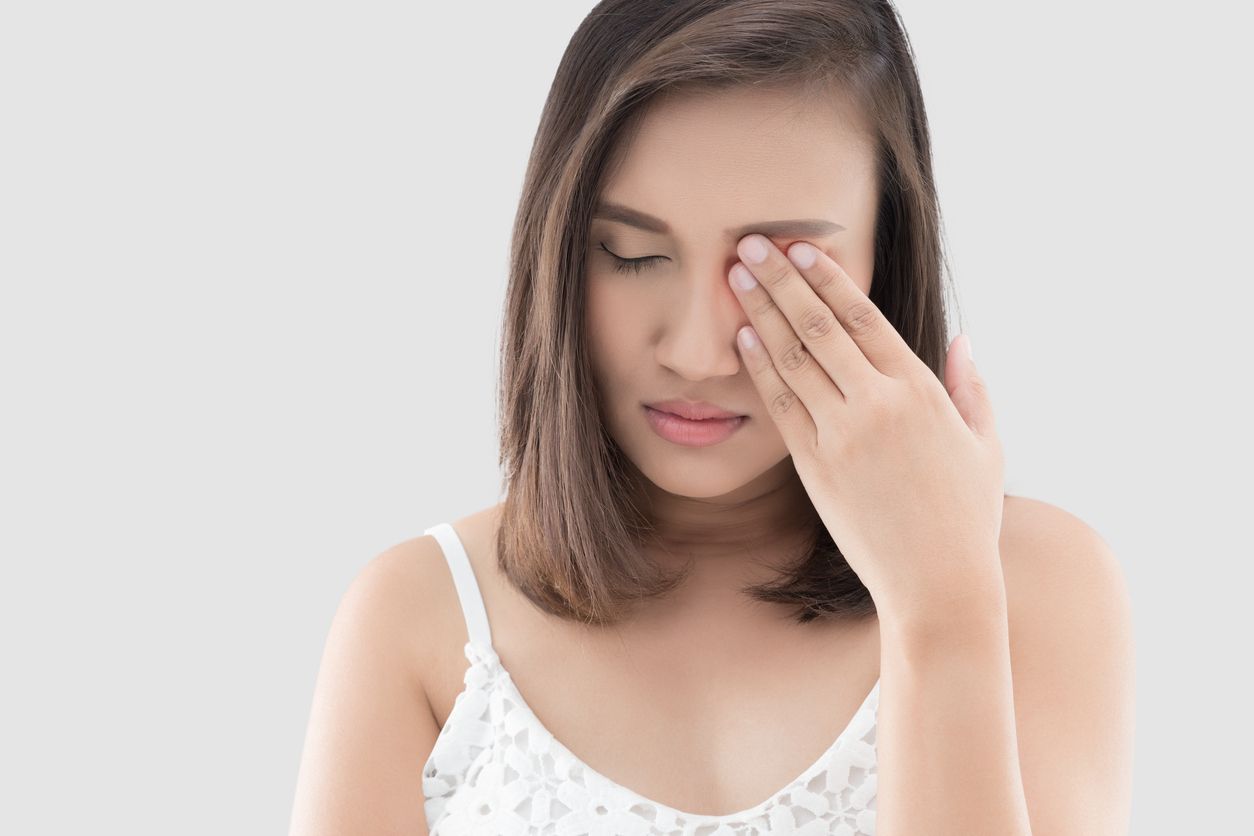
If you rarely experience eye puffiness but suddenly notice significant swelling, it may be an unusual occurrence that warrants professional evaluation.
Severe or Persistent Puffiness
When eye puffiness is severe or fails to improve despite trying at-home remedies and lifestyle adjustments, it is crucial to consult a healthcare professional. Persistent puffiness can be a symptom of underlying medical conditions such as thyroid disorders, allergies, or kidney problems, which require professional diagnosis and treatment.
Severe puffiness can sometimes indicate a more serious issue, such as an allergic reaction, infection, or fluid retention due to heart or kidney problems. These conditions often require medical intervention to address the underlying cause and alleviate the puffiness effectively.
Additional Symptoms
If the puffiness is accompanied by other concerning symptoms such as pain, redness, or changes in vision, it is vital to seek medical attention immediately. These additional symptoms could indicate more serious conditions, such as an infection or inflammation, that necessitate prompt and professional care. Ignoring these signs can lead to further complications, so timely intervention is important.
For example, redness and pain around the eyes may indicate an infection or inflammation of the eye tissues, while changes in vision could be a sign of a more serious condition like an eye problem that requires an ophthalmologist's evaluation. Seeking medical attention promptly can help diagnose and treat any underlying conditions contributing to the eye puffiness and prevent potential complications.
De-Puff Your Eyes with the Right Interventions Today
In conclusion, the key to managing and preventing eye puffiness lies in a multi-faceted approach that combines medical treatments, natural remedies, and lifestyle adjustments. By identifying the root causes and implementing targeted solutions, you can achieve a revitalised and youthful appearance around your eyes.
免費體驗
R6 Miracle Eye Rescue Treatment
1 Minute Self-Registration
Date should not be before minimal date
FAQ

1. What causes under-eye circles, and how can they be reduced?
Under-eye circles are often caused by a combination of factors, including genetics, thinning skin, and blood vessels that are more visible due to skin transparency. Lack of sleep, stress, and allergies can also contribute. To reduce under-eye circles, consider using eye creams containing ingredients like caffeine, which can improve blood flow and reduce puffiness. Additionally, using concealer with a peach or salmon undertone can help neutralise the appearance of dark circles.
2. Why do I occasionally wake up with puffy eyes?
Waking up with puffy eyes can be attributed to fluid retention, especially if you consume salty foods or alcohol before bedtime. Allergies or sleeping in a position that hinders lymphatic drainage can also contribute. Applying a cold compress or using an eye gel containing ingredients like aloe vera or cucumber extract can help reduce inflammation and de-puff the eyes. Gentle massage techniques around the eye area can also encourage lymphatic drainage.
3. When should I seek medical care for persistent eye puffiness?
Persistent eye puffiness that does not improve with home remedies could indicate an underlying health condition such as thyroid issues, allergies, or a chronic inflammatory condition. If you experience persistent puffiness, especially if it's accompanied by redness, pain, or vision changes, it's essential to consult a healthcare professional for a thorough evaluation and appropriate treatment.
4. How does blood flow affect eye puffiness?
Poor blood flow can lead to eye puffiness by causing fluid retention and swelling in the under-eye area. Factors such as ageing, lifestyle habits like smoking, and medical conditions like hypertension can contribute to compromised blood flow. Improving blood circulation through gentle massage techniques or using skincare products with ingredients like hyaluronic acid, which hydrates and plumps the skin, can help reduce eye puffiness.
5. What are the most common factors that weaken the eyes and contribute to puffiness?
Several factors can weaken the delicate skin around the eyes and contribute to puffiness. These include ageing, which leads to reduced collagen and elastin production, causing skin laxity. Lack of sleep, dehydration, and excessive salt intake can also lead to fluid retention and puffiness. Allergies and sinus congestion can exacerbate puffiness due to increased inflammation. Adopting a healthy lifestyle, maintaining a balanced diet, staying hydrated, managing allergies, and getting adequate sleep can all help alleviate puffiness and support overall eye health.





